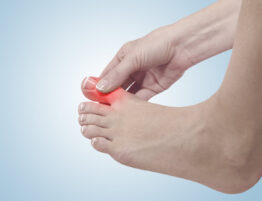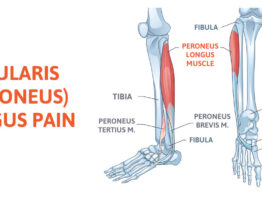
In the interview Jaylon was being told to sit and wait. What?! The article specifically mentioned an injury to the common peroneal nerve. As a surgeon who operates on this nerve regularly this raised some serious concern.
I was concerned because I have seen many patients with a history of knee or hip surgery suffer from complications of drop foot. In Jaylon’s case it may have been from the knee injury. Doctors take a “wait and see” attitude towards this. However, if there is not rapid trend toward improvement in the first 3 month I feel surgery should be considered.
Waiting could risk more long term permanent damage!
Drop foot is often considered to be from a sciatic nerve that gets stretched. Understand that the common peroneal nerve is a branch of the sciatic nerve that travels below the knee and sends impulses to the muscles that pull the foot up and to the side. So, the basis of my concern is that the common peroneal nerve travels through an anatomical nerve tunnel just below the knee. This is an area where there is potential tightness or squeezing of the nerve which serves as an anchoring point, and when it is released (opened) it will reduce the stretching of the common peroneal nerve.
It’s been my experience when helping patients with drop foot after years of complications from knee or hip surgery that early intervention would have been better to maximize strength improvement. I perform surgery on this nerve tunnel multiple times per month. It’s a 20 minute procedure with patients going home that day walking, and many have improvement within days. This challenges conventional wisdom that the nerves will take months to repair.
Thus, waiting could be detrimental to his career! So, even for people who aren’t professional athletes, waiting may not be the best plan.
This information I am sharing challenges what I would consider “traditional concepts.” It has been thought that stretching of the sciatic nerve is the primary issue, but it has been my experience that by opening the anatomical tunnel that the common peroneal nerve travels through just below the knee the drop foot can be corrected. As a surgeon, and the past President of the Colorado Podiatric Medical Association; Association of Extremity Nerve Surgeons, who does research associated with this nerve and its effects on the lower extremity I thought my opinion should be shared and considered.
If you experience drop foot from an injury, or knee or hip surgery please seriously consider this option!









Write a comment: